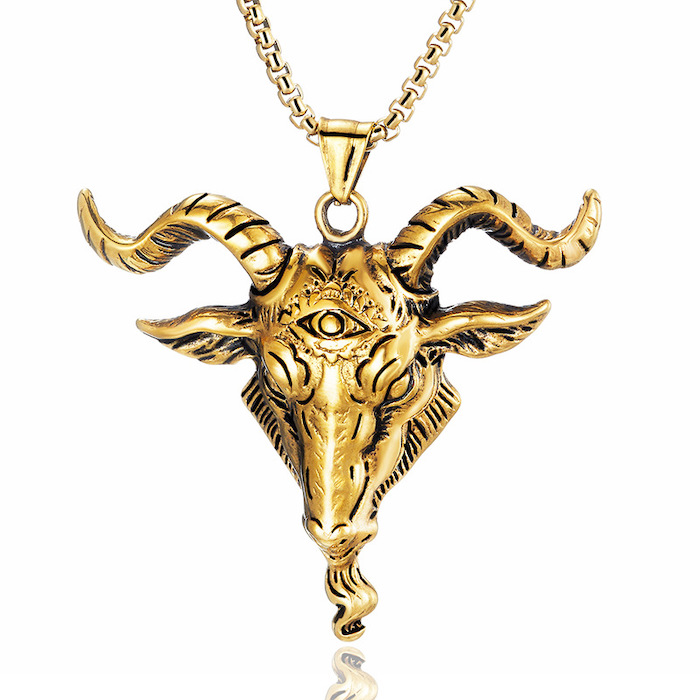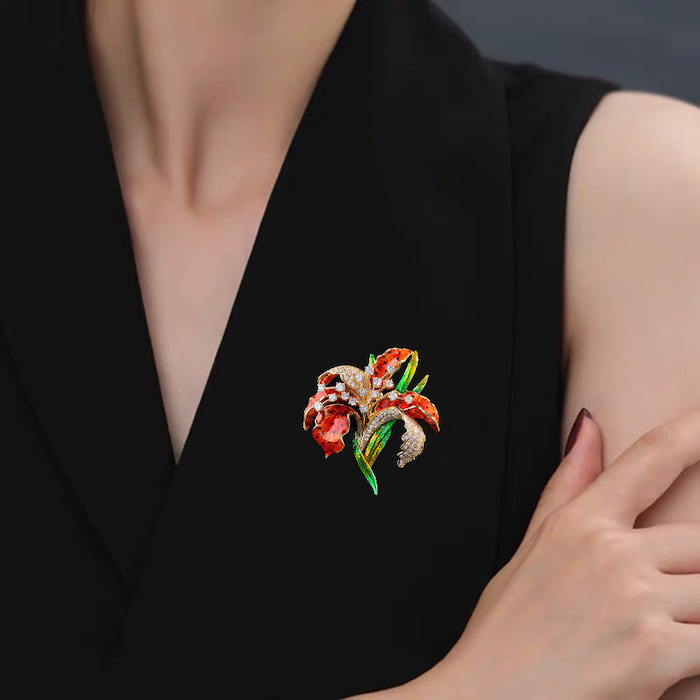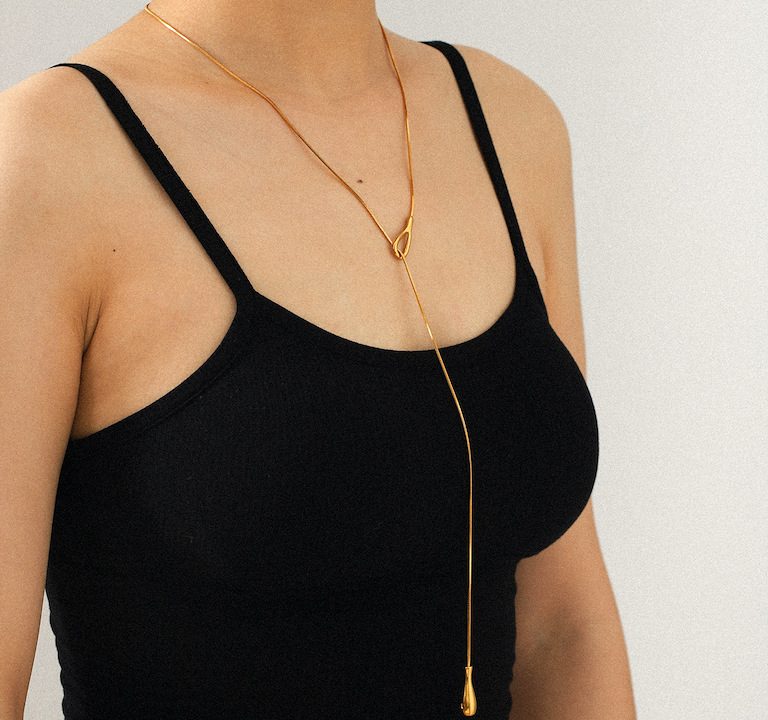The Alchemist’s Guide: Transforming Large Jewelry Orders with Your Chinese Supplier from Risk to Reward
It is very easy to handle well the small wholesale orders, just ask your supplier to ship them by courier or even just ship them by post air under low cost, and if any small problems from the goods, just ask them to refund you the bad quality pieces…but, when you have “over millions pieces’ large jewelry orders” to place to the China jewelry supplier, it can not be handled as the small ones…do you have good experiences how to mange well the huge jewelry orders? today, let’s analyze and talk about this big question…
The decision to place a large jewelry order is a pivotal moment for any brand. It’s the point where a vision begins its metamorphosis into tangible, shimmering reality. It signifies growth, ambition, and the confidence to meet rising demand. Yet, for many entrepreneurs and established brands alike, the prospect of commissioning a significant volume of delicate, high-value items from a supplier thousands of miles away can feel less like alchemy and more like a high-stakes gamble.
The stories are legendary: colors that don’t match, gemstones that were swapped for inferior grades, delays that miss the entire holiday season, or quality so inconsistent that half the order is unsellable. These are not mere anecdotes; they are the ghosts that haunt the dreams of jewelry buyers.
But what if the narrative could be different? What if managing a large order with a Chinese supplier could be transformed from a source of anxiety into your most powerful competitive advantage? The truth is, it can. The journey is not about finding a magic-bullet factory; it’s about mastering a disciplined, strategic, and deeply human process. It’s about becoming a modern-day alchemist, turning the base metals of uncertainty into the gold of flawless execution.
This is your guide to that transformation.
Part 1: The Foundation – Courtship Before the Contract
Before you ever discuss a 10,000-unit order, you must lay a foundation of trust and mutual understanding. This phase is not about transactions; it’s about relationship building.
1. Supplier Sourcing: Beyond the Alibaba Veil
While B2B platforms like Alibaba and Global Sources are useful starting points, treating them as the entirety of your search is a critical error. For a large order, you need to go deeper.
-
Trade Shows (Physical or Virtual): The Hong Kong International Jewellery Show and the Shenzhen Jewelry Fair are meccas for the industry. Attending allows you to meet suppliers face-to-face, assess the quality of their work firsthand, and gauge their professionalism. In the post-pandemic era, many of these shows offer robust virtual platforms.
-
Industry Associations & Sourcing Agents: Tapping into networks like the Jewelers of America or employing a reputable sourcing agent based in China (in cities like Panyu, Shenzhen, or Yiwu) can provide vetted, high-quality leads. An agent acts as your eyes, ears, and cultural translator on the ground.
-
The “Factory Tour” Test: A legitimate factory will often be proud to offer a virtual video tour. Be wary of suppliers who are evasive. You’re not just looking for machines; you’re looking for organization, cleanliness, and dedicated QC stations.
2. The Interrogation of Capability: Asking the Right Questions
When you have a shortlist, your initial communication must be a rigorous capability assessment. Don’t just ask about price.
-
“Can you show me production capacity reports for the last quarter?” This reveals their realistic output, not their optimistic promise.
-
“What is your exact process for quality control at each stage of production?” Listen for specifics: Do they do incoming QC on raw materials? In-process QC during casting and setting? Final random inspection (AQL standards)?
-
“For an order of [X] units, what would your lead time be, and what are the critical path milestones?” This tests their project management skills.
-
“Can you provide references from other international clients with similar order volumes?” A confident supplier will have them.
3. The Crucible: The Prototype and Pre-Production Sample
This is the single most important step in the entire process. Do not, under any circumstances, skip it. The prototype is your bible, your legal contract in physical form.
-
Invest Heavily in the Sample: Be prepared to pay a premium for a perfect pre-production sample. This is not an area to cut costs.
-
The “Triple-Lock” Sample Approval:
-
Material Approval: Get assay reports for metals. For gemstones, insist on a parcel sample that is sealed and approved before mass setting begins.
-
Workmanship Approval: The sample should be perfect in every detail—clasps, polish, solder points, stone setting tightness.
-
Document Everything: Photograph and video the sample from every angle under different lights. Create a shared document with the factory that lists every single specification: metal alloy, gemstone dimensions, cut, color and clarity grade (with agreed-upon tolerances), plating thickness (e.g., 3 microns of gold), and exact Pantone codes for enamel.
-
This sample, once approved by both parties, becomes the benchmark against which every single piece in the mass production run will be measured.
Part 2: The Forging – Navigating the Production Labyrinth
With the contract signed and the deposit paid, the real work begins. Your role shifts from auditor to project manager.
 1. Communication: The Rhythm and the Ritual
1. Communication: The Rhythm and the Ritual
Silence is the enemy. Establish a clear communication protocol from day one.
-
Designate a Single Point of Contact (SPOC): On your side and theirs. Avoid the chaos of multiple people sending conflicting emails.
-
The Weekly Sync Call: A scheduled video call, every week, without fail. Use this time to review progress, address issues, and maintain the human connection. Don’t rely solely on email.
-
Leverage Technology: Use shared cloud folders (Google Drive, Dropbox) for all documents, photos, and updates. Use project management tools like Trello or Asana to track milestones.
2. The Unseen Battle: Material Sourcing and Management
A large jewelry order is a supply chain within a supply chain. The brass for your chains, the silver for your castings, the diamonds for your settings—each has its own lead time and volatility.
-
Lock in Material Costs: For large orders, negotiate to fix the price of major raw materials (like gold or silver) at the time of the contract to shield yourself from market fluctuations.
-
Request Batch Documentation: For gemstones, insist on seeing the master parcel before it is distributed to the setters. For metals, request mill certificates. This prevents “bait-and-switch” tactics.
3. The Art of In-Process Quality Control (IPQC)
Waiting until the very end to check quality is a recipe for disaster. You must build checkpoints into the production line.
-
The “Pilot Run”: For a 10,000-piece order, request the factory to produce the first 50-100 pieces first. This “pilot run” is inspected rigorously against the approved sample. Any deviations in the process are caught and corrected before the full steam of production begins.
-
Hiring a Third-Party Inspector: For orders of significant value, hiring a third-party quality control company like SGS, Bureau Veritas, or Asia Inspection is a wise investment. They will send an inspector to the factory at key stages (e.g., after casting but before plating, and during final packaging) to perform statistically significant random inspections and provide an unbiased report. This gives you tremendous leverage and peace of mind.
Part 3: The Final Countdown – Sealing the Deal
The production is complete. The finish line is in sight, but this is where focus is paramount.
1. The Final Random Inspection (FRI)
This is your last line of defense. Whether you conduct it yourself, send your agent, or hire a third party, it must be systematic.
-
Use an AQL Standard: The Acceptable Quality Limit (AQL) is an international sampling standard. For jewelry, you might use a strict AQL level. This means from an order of 10,000 pieces, you would randomly select 500 pieces for inspection. The number of minor and major defects found determines if the entire batch passes or fails.
-
Check Everything: Don’t just look at the front. Check clasps, jump rings, engravings, and packaging. Weigh a sample of pieces to ensure metal weight is consistent.
2. Logistics: The Final Frontier
A beautifully crafted order is useless if it arrives late or damaged.
-
Incoterms are Your Friend: Understand your Incoterms. Is it EXW (Ex-Works), FOB (Free on Board), or CIF (Cost, Insurance, and Freight)? For large orders, FOB is often preferred, as it gives you control over the main shipping leg and allows you to use your own, trusted freight forwarder.
-
Insurance is Non-Negotiable: Do not ship a high-value jewelry order without all-risk marine insurance. The minimal cost is insignificant compared to the potential loss.
-
Pre-Clearance: Work with a good customs broker in your destination country before the shipment arrives. Provide them with a detailed commercial invoice and packing list to avoid costly delays at the port.
Part 4: The Human Element – The Unspoken Rules of Engagement
Beyond the checklists and protocols lies the cultural dimension, which often makes or deals.
1. Guanxi (关系): The Currency of Relationships
In China, business is built on relationships. This doesn’t mean backroom deals; it means trust, respect, and mutual obligation.
-
Invest in the Relationship: Take the time for small talk at the beginning of calls. Inquire about their holidays, like the Lunar New Year. This goodwill creates a partner who is more likely to go the extra mile for you when a problem arises.
-
Be Respectful, But Firm: You can be firm about your requirements while being respectful of their expertise and position. Avoid aggressive, accusatory language. Frame problems as “we need to find a solution together.”






